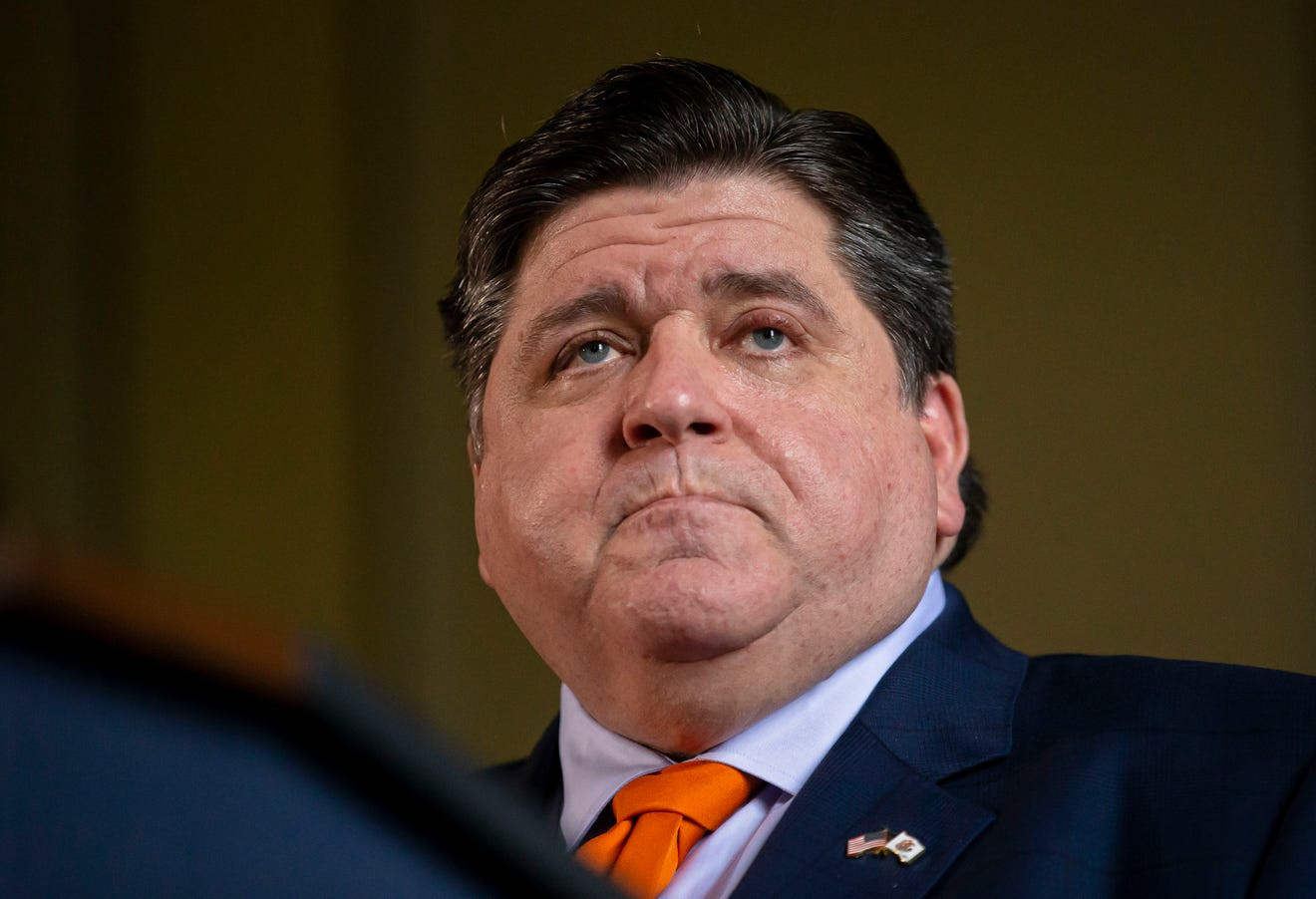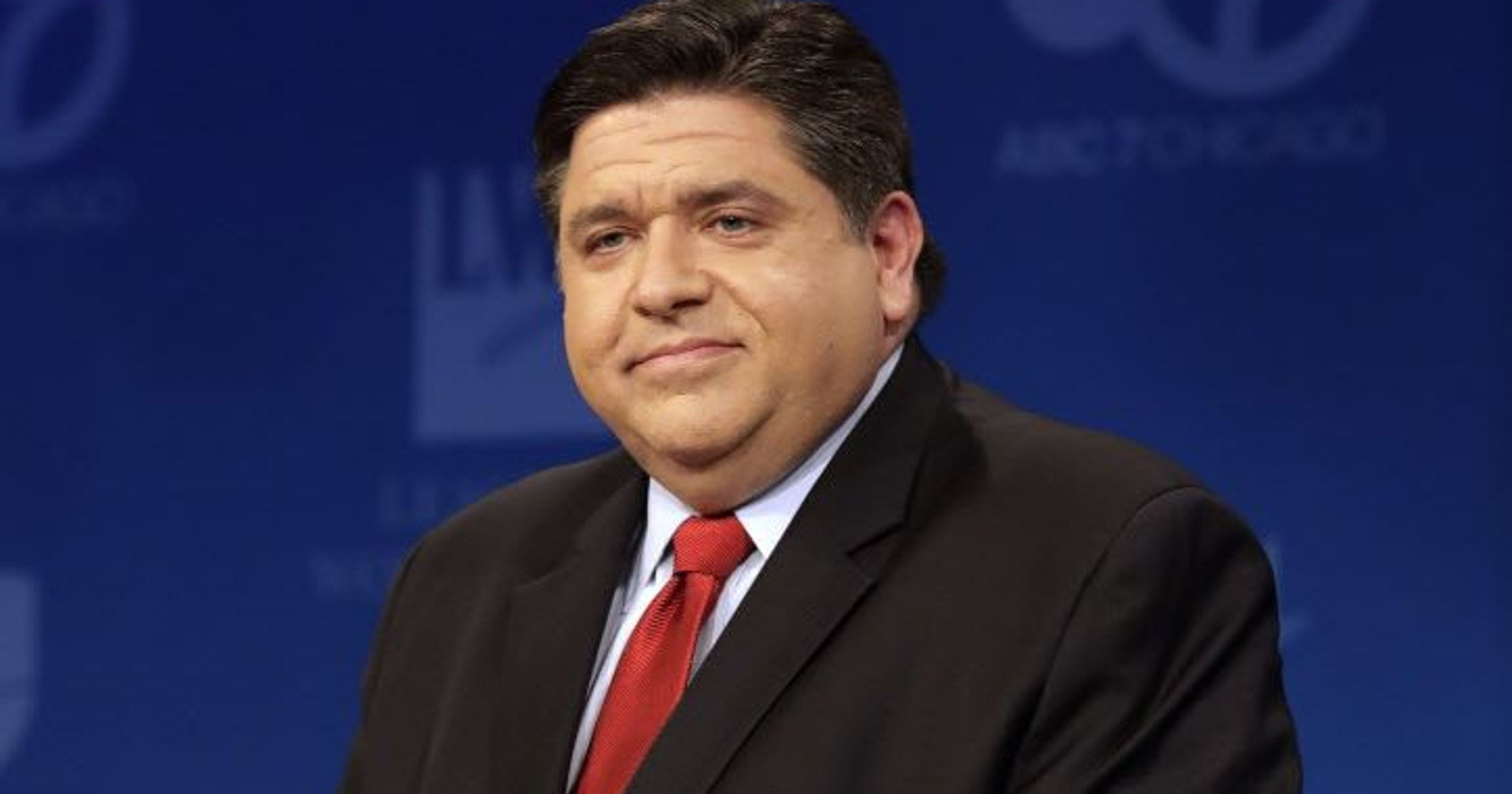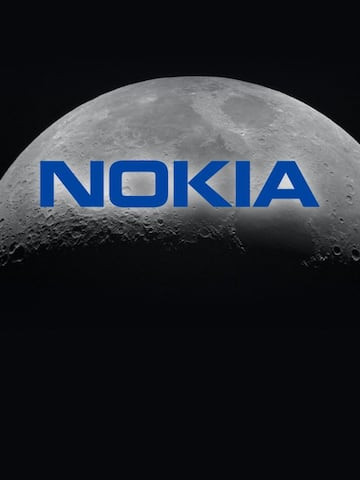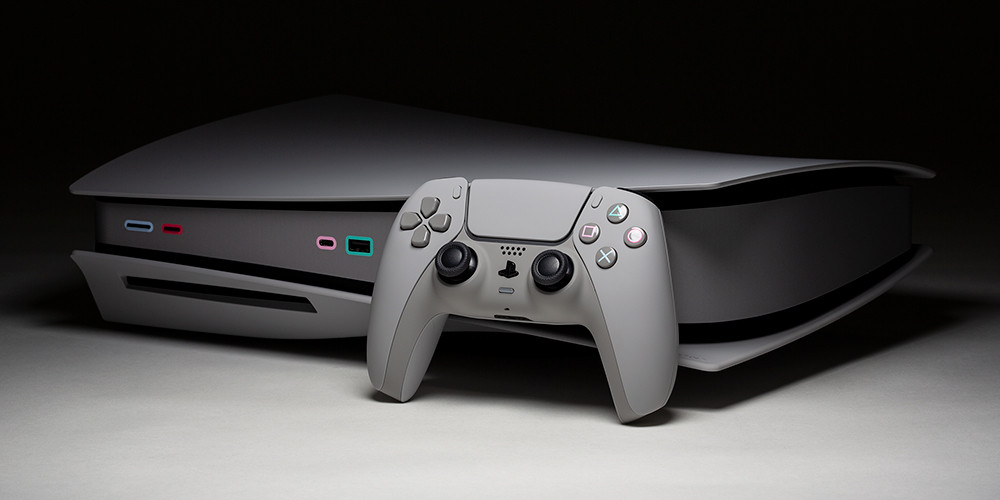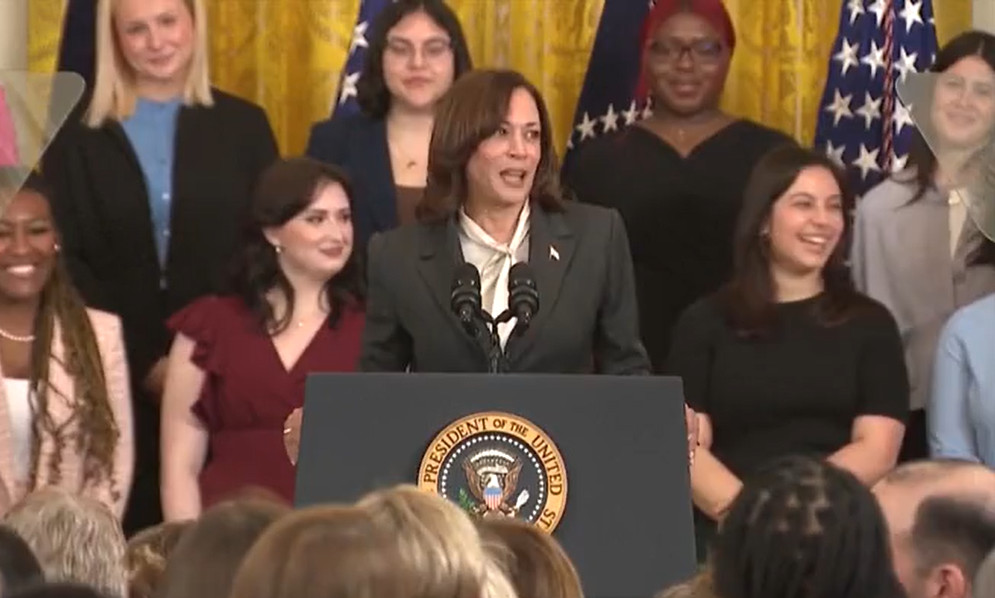Illinois Gov. JB Pritzker, a billionaire heir to the Hyatt Hotels fortune, has seen electric vehicle registrations triple in Illinois during the three years since he signed the state’s sweeping clean energy policy, the Climate and Equitable Jobs Act. But while the state’s climate law, known as CEJA, authorized EV rebates and set aside millions of dollars for chargers to complement federal funding, there’s a growing push for the state to go faster. Pritzker’s environmental allies have pushed for adoption of an Advanced Clean Cars II regulation, which would require zero-emission new cars sales starting in 2035. Others in Illinois want to see the state enact a market-based approach to ratcheting down tailpipe emissions over time.
Illinois' Ambitious EV Goal: 1 Million by 2030
CEJA passage in 2021 codified the 1 million EVs by 2030 goal. It included $4,000 EV rebates that could add to federal tax credits. It enabled more than $70 million in state funding for EV charging and required utilities to propose “beneficial electrification plans” for investments in charging infrastructure. Today, there are more than 110,000 EVs registered in Illinois — or a little over 10 percent of Pritzker’s 2030 goal. Megha Lakhchaura, Pritzker’s first EV policy coordinator, thought at the time adoption would happen more rapidly. “I’ll be honest,” she said, “I thought we’d be a little further along.”
Political and Economic Divide Over Electric Vehicles
Just as the Biden-Harris administration’s push to jump-start the EV market has been a target for Trump, Pritzker’s policies have drawn blowback from Illinois Republicans, especially the state rebates. Among the critics is Republican state Sen. Chapin Rose, whose rural Illinois district runs more than 100 miles along the Illinois-Indiana border. A lack of charging along that route, Rose said, would make it impractical to own an EV, so he drives a hybrid. Rose said EVs are out of reach of most people in his rural east-central Illinois district and yet they’re having to help fund rebates from a pot of money that is supposed to be set aside for highways. “It’s supposed to go into the lock box for roads, not go to reimburse rich people to buy cars,” he said, referencing a list of vehicles on the Illinois EPA website whose owners have received rebates. It’s a list that includes many newer model Audis, BMWs, Rivians and — more than anything — Teslas. “The average guy in Clark County [in Illinois] is making less than $40,000 a year. And they’re supposed to go buy a Tesla?” Rose said. “You’re basically just handing Elon Musk $4,000 a pop. But never mind the irony in that.”
Focusing on Affordability and Rural Adoption
Illinois’ climate law prioritizes EV rebate applications from low-income buyers, pushing them to the front of the line for approval. But over the past two years, only about 17 percent of the 6,700 rebates awarded went to low-income buyers, defined as those who earn no more than 80 percent of state median income. Clark County in southeastern Illinois is bisected by Interstate 70 and politically is deep red — 75 percent of voters cast ballots for Trump in 2020. The county, with a median individual income of about $36,000 and a population of 15,000 as of last week had 32 registered electric vehicles. While that’s quadruple the number from three years ago — a trend repeated across much of rural Illinois — it doesn’t disguise the fact that 90 percent of Illinois EVs are registered in Chicago and other more densely populated and Democratic leaning counties in Illinois. James Di Filippo, senior policy analyst at Atlas Public Policy, said EV buyers on average tend to be wealthier. That’s in part because many lower income buyers don’t purchase new vehicles at all, whether gasoline-powered or electric, and the market for used EVs is still relatively new. Di Filippo said there’s still a lot to learn about EV purchases among different segments of the population. But politics is a factor at play. “Unfortunately, EVs are a partisan issue,” he said, “and consumer acceptance of them does hew across ideological lines at least a little and, of course, urban and rural splits have significant ideological implications.”
The Future of EV Adoption in Illinois
The trajectory of EV adoption in Illinois may be shaped by the future of two separate climate-related transportation bills — both sponsored by Democratic lawmakers. Among them is a proposed clean transportation standard, a policy that has support of Illinois-based EV-maker Rivian. The legislation would establish regulations already in place in West Coast states and would support a market for low-carbon ethanol, a reason why Illinois-based ADM and the Renewable Fuels Association support it. Maura Freeman, a public policy manager at Rivian, said Illinois’ climate law has helped drive EV growth along with another law signed by Pritzker, Reimagining Electric Vehicles in Illinois Act, which provides incentives for manufacturers and is helping Rivian build R2 SUVs at its factory in Normal, Illinois. Freeman said Illinois’ laws are helping to build out charging infrastructure. “Giving that certainty to charging providers helps ensure that there will be continued investment in the state of Illinois, which then helps to ensure for customers that there will be more chargers, which then helps customers to make the decision to switch to EVs,” she said. While the state offers rebates, their availability has been limited by a budget cap. And by law, the rebates step down to $2,000 after July 1, 2026, and $1,500 two years later. Lakhchaura, Pritzker’s EV policy coordinator, said the rebates have helped put more electric cars on Illinois roads but said their impact shouldn’t be overstated. After initially authorizing $19 million in rebates in fiscal 2023, the Legislature limited the amount to $12 million last year and $14 million for the current fiscal year — money yet to be awarded. In all, fewer than 10 percent of the 35,000 EVs registered in Illinois over the previous 12 months received a state rebate. “Adoption is happening irrespective of the rebates,” she said. “We’ll need more SUVs — not the $80,000 ones, but something that’s more reasonable,” said Lakhchaura, who came to the Pritzker administration from charging equipment supplier EVBox. “We’re going to need more models. And most importantly, they have to be affordable.”
The Role of Federal Policy and a Robust Charging Network
That’s where federal policy comes in, she said. Specifically, EPA’s proposed tailpipe regulations would spur automakers to increase EV availability to meet emissions targets. What the state can do, she said, is utilize state money and leverage federal funding to ensure there’s a robust statewide charging network. Today, Lakhchaura said, the state has about 1,000 fast-charging ports, and money invested since 2023 will add 2,000 more. And that’s not counting $148 million that Illinois received from its share of the National Electric Vehicle Infrastructure (NEVI) program that was established to help build charging along major corridors. It’s the same outcome sought by proponents of another bill filed last spring, the Clean and Equitable Transportation Act. Muhammed Patel, a Midwest transportation advocate at the Natural Resources Defense Council, said adopting Advanced Clean Cars II and two related policies aimed at medium- and heavy-duty trucks would establish a “planned and phased approach” to transportation electrification in Illinois. Patel said the measure would provide a host of public benefits, including improved air quality for people most affected by tailpipe pollution. It’s unclear if or when either EV-related bill will advance in the Legislature, which is set to convene for its fall veto session on Nov. 12 — a week after the election.
Environmental Groups Petition for Stricter Regulations
Some environmental groups aren’t waiting around. In June, groups including NRDC, Sierra Club and Environmental Defense Fund petitioned the Illinois Pollution Control Board to adopt the same tailpipe regulations included in the legislation filed weeks earlier. In their petition, set for a hearing in December, the groups make clear that EPA’s proposed tailpipe rules are already under siege by opponents, even before a possible Trump presidency. The standards “may be repealed by a future presidential administration,” the filing said. “Adopting the proposed rules would protect Illinois from dangerous backsliding if the federal standards are not fully implemented.”




